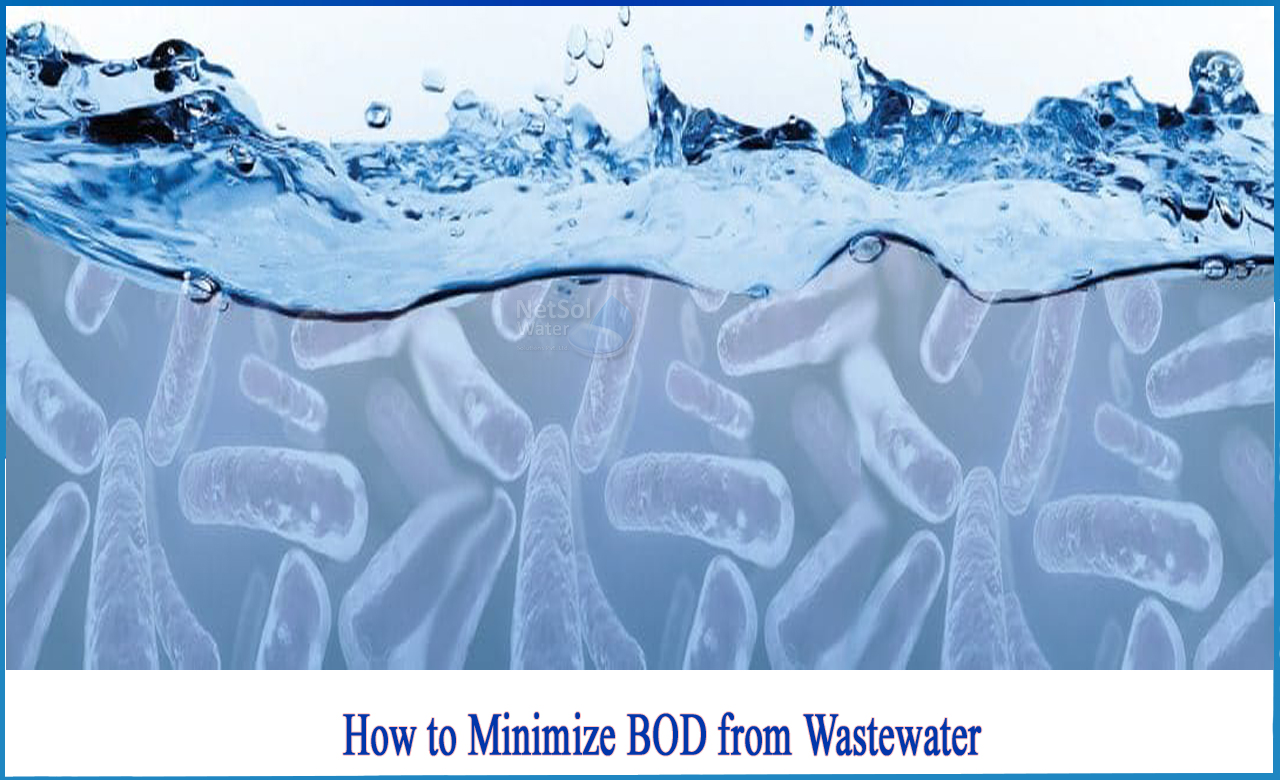How to minimize Biochemical Oxygen Demand from wastewater?
Total Suspended Solids (TSS) and Biochemical Oxygen Demand (BOD) are two of the most essential parameters in wastewater treatment.
You may already be aware that you need to keep your BOD under control for a variety of reasons:
1-BOD levels must be compliant with state environmental laws.
2-BOD levels above a certain threshold can harm wildlife and render water unpleasant or even dangerous to human health.
3-BOD levels that are too high can harm your wastewater equipment, reducing its efficiency and effectiveness.
4-BOD levels beyond a certain threshold can injure or kill aquatic life.
There are some efficient strategies to keep your BOD and TSS under control, fortunately. Facility managers should be aware of the following best practises for decreasing BOD.
1. Prioritize eliminating TSS from wastewater.
TSS reduction almost invariably results in a reduction in BOD. To remove big solids, first utilise mechanical screens such as roto-strainers or bar screens. This will help prevent damage or blockage of your downstream Dissolved Air Flotation (DAF) equipment.
2. Purchase an EQ tank that is of the correct size.
Changes in flow and loading rates can cause flocculants and coagulants to be overfed or underfed. Your flow and loading rates will be more balanced with a suitably sized EQ tank. This will also aid in the right sizing of the polymer make-down feeder, lowering your upfront expenses.
3. Maintain a constant pH in the waste stream.
Effective wastewater treatment chemistry operates best within a specific pH range. Polymer will be wasted or rendered ineffective if the pH swings to either side of this window.
4. Replace the old plate pack with a contemporary DAF plate pack composed of stainless steel or plastic.
TSS removal rates will be improved with a modern plate pack DAF. It will also lower the DAF's footprint and give you additional flow and load tolerance flexibility.
5. Use an air dissolving pump with a regenerative turbine.
A regenerative turbine aeration pump dissolves air into water and produces 20-30 micron air bubbles with very little electricity. For effective DAF treatment, these are required. Air flow rates between 150 and 200 CFH are recommended.
6. Invest in a self-cleaning DAF.
Every two weeks, modern high-rate DAFs require dismantling and cleaning. If you don't clean it, you can have clogging issues, solids separation issues, higher chemical feed rates, and greater TSS. Rather than cleaning it yourself, invest in a self-draining and self-cleaning DAF to save time and effort. Cleanout ports or pumps are provided by properly constructed DAF systems to remove obstinate, heavy, settled particles.
7. When feasible, use performance-tested liquid chemistry.
Liquid chemistry enables for complete process automation at a cheap cost, eliminates wetting difficulties and fish eyes (undissolved aggregates of polymer particles), and allows for a wide range of treatment chemistries. When a drum or tote runs out, it's also lot easier to switch products than it is to wait or trash a palette of dry bag polymer.
8. Make use of a make-down and flow proportional dosing mechanism.
Even if you have a correctly sized EQ tank, a flow proportional dosing system should be used to adjust for flow cycling. To the chemical feed system, look for a flow metre with a 4-20 ma output signal. This will result in greater consistency, improved overall treatment clearance, and reduced chemical use.
9. Properly locate and test chemical injection locations.
The coagulant should be injected initially, as far upstream as practicable. This is where the wastewater exits the EQ tank before being transferred to the transfer pump. Inject the polymer into a flocculator tube port. To check the coagulant dose for pin floc formation, place a sample tap ahead of the polymer injection port. Before entering the DAF, another sample port downstream of the polymer injection port tests the effectiveness of your compounds. Adjustments can then be made before the effluent exits the DAF.
For more information, contact Netsol Water!
Netsol Water is Greater Noida-based leading water & wastewater treatment plant manufacturer. We are industry's most demanding company based on client review and work quality. We are known as best commercial RO plant manufacturers, industrial RO plant manufacturer, sewage treatment plant manufacturer, Water Softener Plant Manufacturers and effluent treatment plant manufacturers. Apart from this 24x7 customer support is our USP. Call on +91-9650608473, or write us at enquiry@netsolwater.com for any support, inquiry or product-purchase related query.



